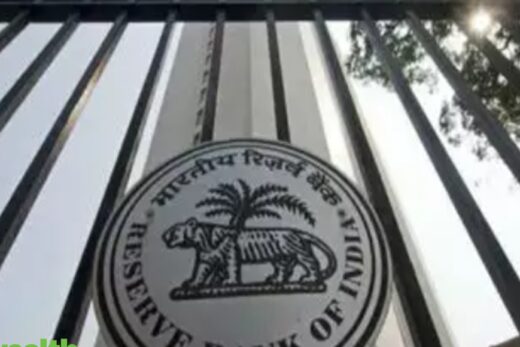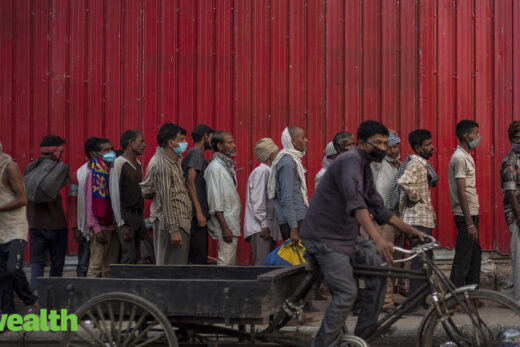ET Now: A resilient performance, this. NII, however, is still weak and the provision cover has also come down. Talk to us about some of the key factors this quarter?
Rajkiran Rai G: The provision coverage ratio year-on-year has moved up. In the December quarter it was quite high as NPA recognition didn’t happen because of the Supreme Court order. When you see quarter-on-quarter, it seems it has come down. But year on year, PCR has moved to almost 81% now.
The strong performance comes in the background of robust net interest income which has grown 4%. Operating profit has gone up by 6% despite Covid and the amalgamation. Credit cost going down also helped us post better profits.
How has the second wave impacted collection efficiency and delinquencies? What segments have been hit more?
It’s too early to take a call on the bank book. April did not see that much of an impact, but May was a bad month. In June, we are seeing just a bit of a turnaround. It’s premature to take a call.
Collection efficiency definitely went down by 3-4% in the month of May as compared to March. But we hope that most of that will be covered in June. So we do not foresee much damage.
Besides, the RBI announcements of restructuring up to Rs 50 crore and the ECLGS scheme extension — all these should help deal with the temporary stress that may come in MSME and retail sectors.
In a sense, the corporate asset quality for most banks has stabilised now. What kind of recovery and slippages do you expect in FY22?
For the next year, we have a given a delinquency projection of about 2.5. It’s a conservative estimate; we are confident that it will be below that.
Our projection of cash recovery and upgradation is around Rs 13,000 crore, up from Rs 10,800 that we did this year which included recoveries in write-off accounts. Our projections on gross NPA are below below 12% and the net NPA below 3%.
Lending activity has not been very strong lately. What is your FY22 outlook for credit growth?
More than half of our book is RAM (retail, agriculture and MSME) sector right now. It is about 57%, and this sector is overall growing at around 8%. Within that, retail is growing around 12-13%, agriculture like 11%-12%. I think this book is expected to grow double digit even this year. That is where the growth will come from.
Corporate credit showed a negative growth last year which pulled our numbers down. But we expect that these things will stabilise now. As business comes back to normalcy, we will see a lot of working capital and some new investments also coming in. Overall, we are projecting a credit growth of 8% to 10% for this year.
What is your take on RBI’s measures aimed at helping small finance banks as well as MFIs?
Measures such as TLTRO will help NBFCs stabilise. So will ECLGS. The low slippages in the last year and the low-stress book in the last year are proof that the measures taken by the regulator are working. Without these, the stress would’ve been very high in a year of continuous lockdowns.
Your take on RBI’s interest rate status quo?
Rates are likely to be stable through the year, going by how the regulator is managing liquidity in the system. They won’t move beyond a 5-10 bpas range. It may also be difficult because of higher inflation.
Secondly, GSAP is really helping the treasury. This will definitely help the bottomline of banks. In addition, it will do us good by way of infusing liquidity and creating a ground for further issuance of new securities.



